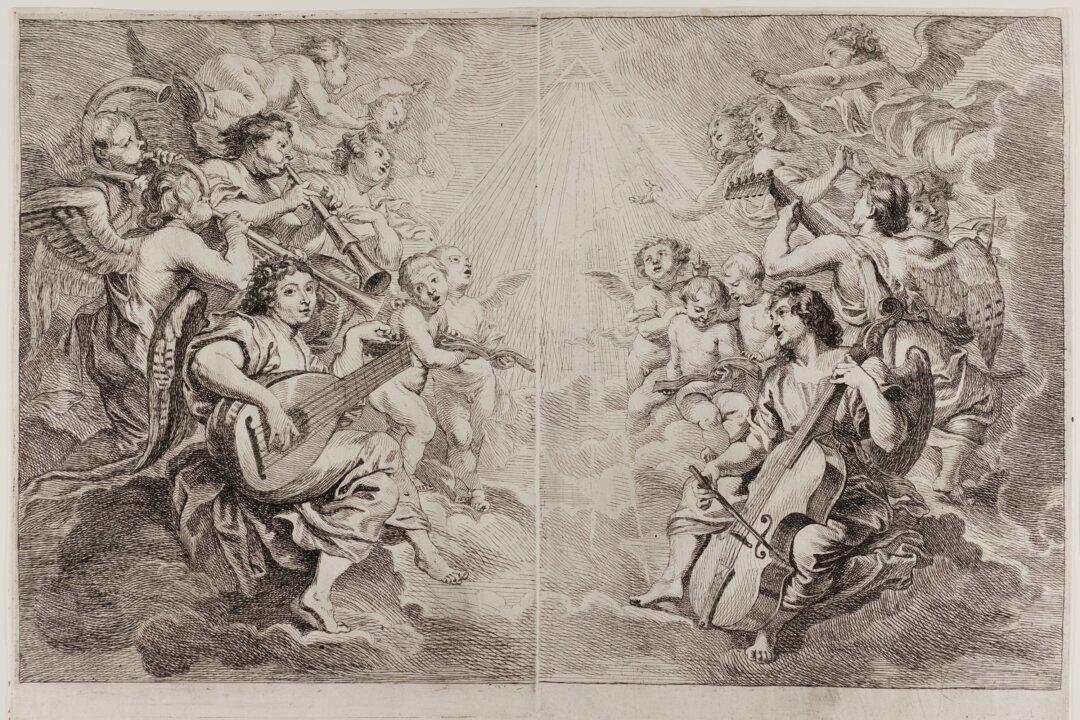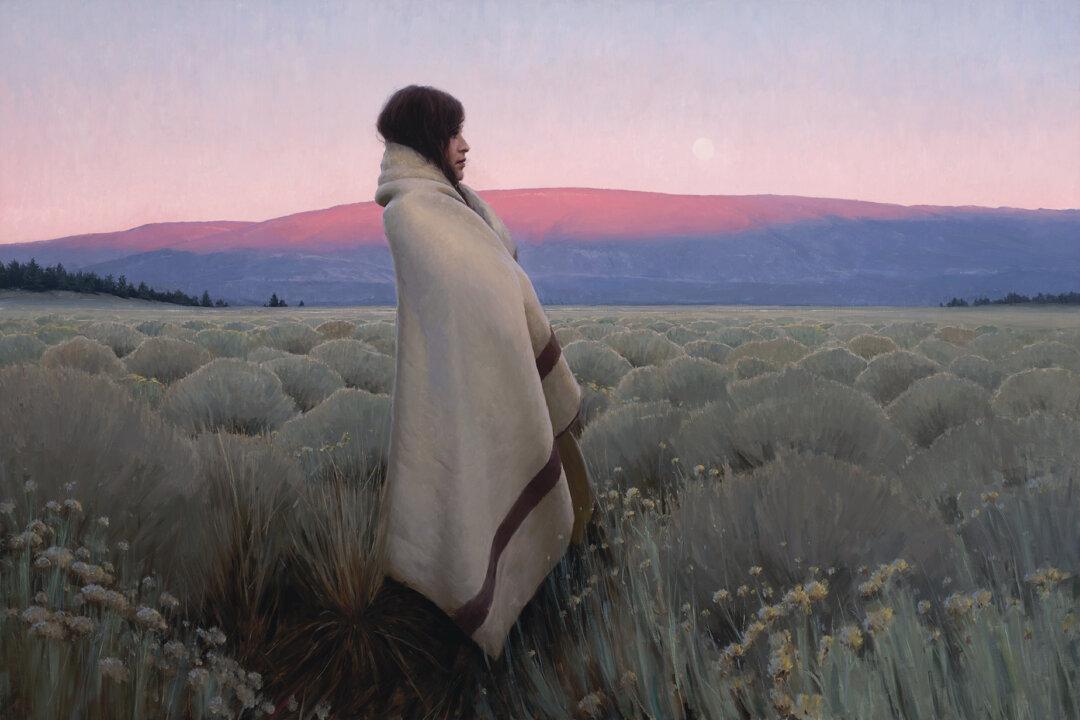Art of today possibly would not be what it is without the Renaissance artist Sandro Botticelli. Around 600 years ago, in the thriving city of Florence, Italy, young Botticelli, originally named Alessandro di Mariano Filipepi, was born to a tanner of modest means.
An astute boy, Botticelli received a good education but equally felt bored with school. His father saw his son’s great potential and sent him instead to apprentice with a goldsmith, where Botticelli gained exposure to painting. During this time in the Renaissance, Goldsmiths and painters often worked closely together, sometimes creating elaborate architectural embellishments alongside one another.




